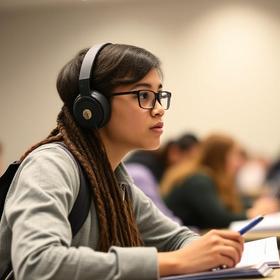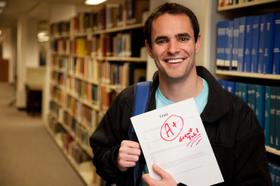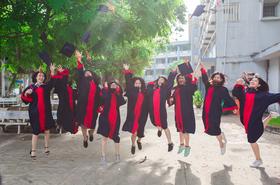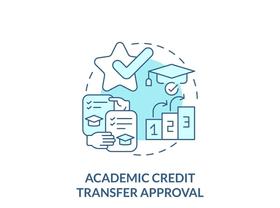Community colleges are available in nearly every city across the United States, helping high school graduates and professional adults alike get the training and education they need to succeed in their chosen careers. A key component in a quality education from a community college is the school's accreditation, which ensures other schools and professional industries will recognize the degree and education received. However, not all community colleges successfully keep their accreditation status intact, leaving students and faculty scrambling to legitimize the education process without this important stamp of approval.
What is Accreditation?
According to the Maryland Higher Education Commission, accreditation is "a voluntary process of self-regulation and peer review adopted by the educational community." This means that educational institutions have agreed to evaluate one another to determine whether each has successfully achieved their stated educational goals.
When a school is accredited, it has been proven to provide a quality of education recognized by the community. Accredited schools are better recognized for their coursework and credits earned, and students who attend these institutions are more likely to be able to receive financial aid or transfer credits to another college or university.
It is important to note that while there are a number of different types of accreditation available to colleges today, the only legitimate accreditation organizations are recognized by the United States Department of Education. Not all colleges that are approved by their states are accredited as well. Prospective students should always


























